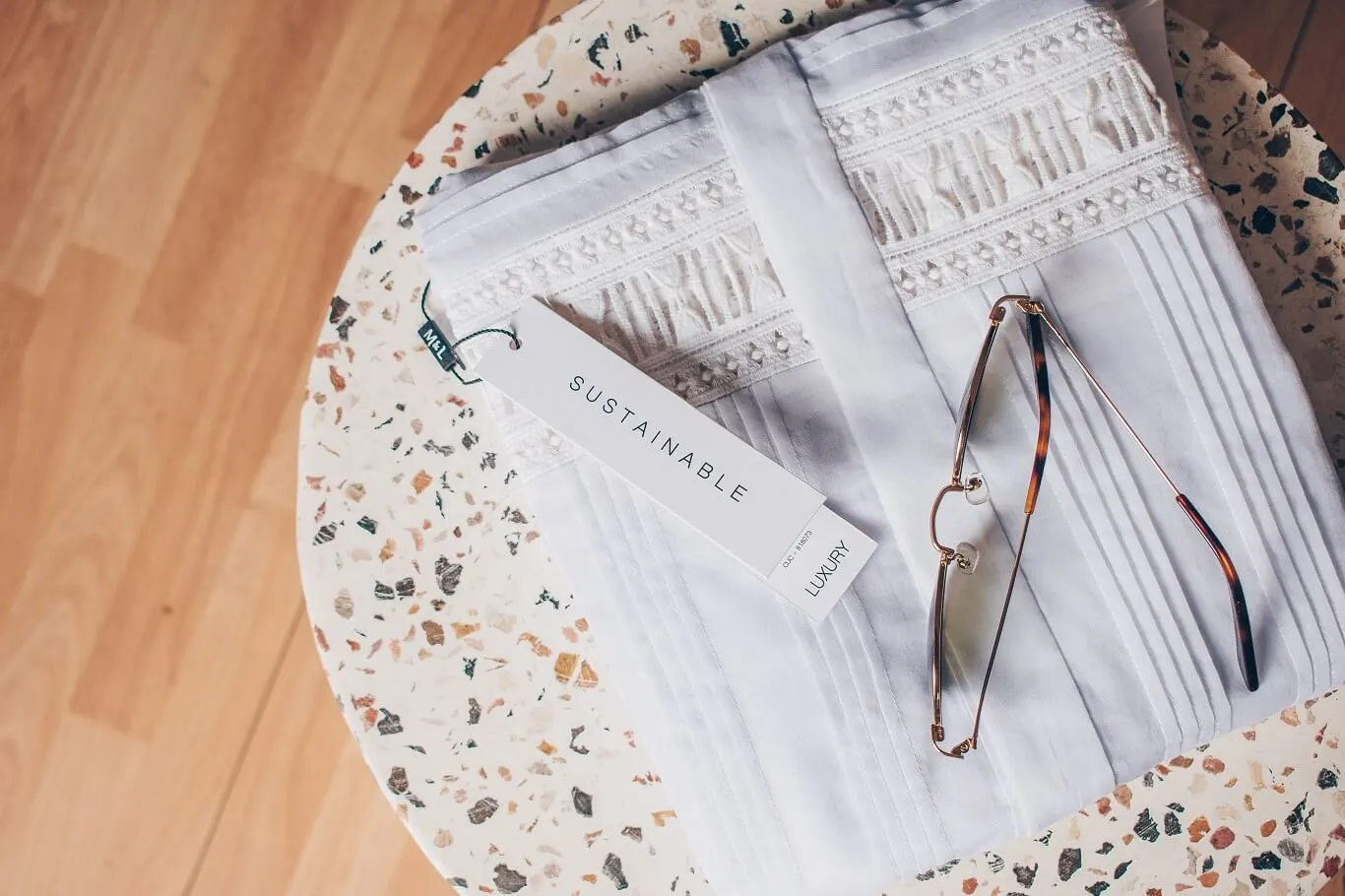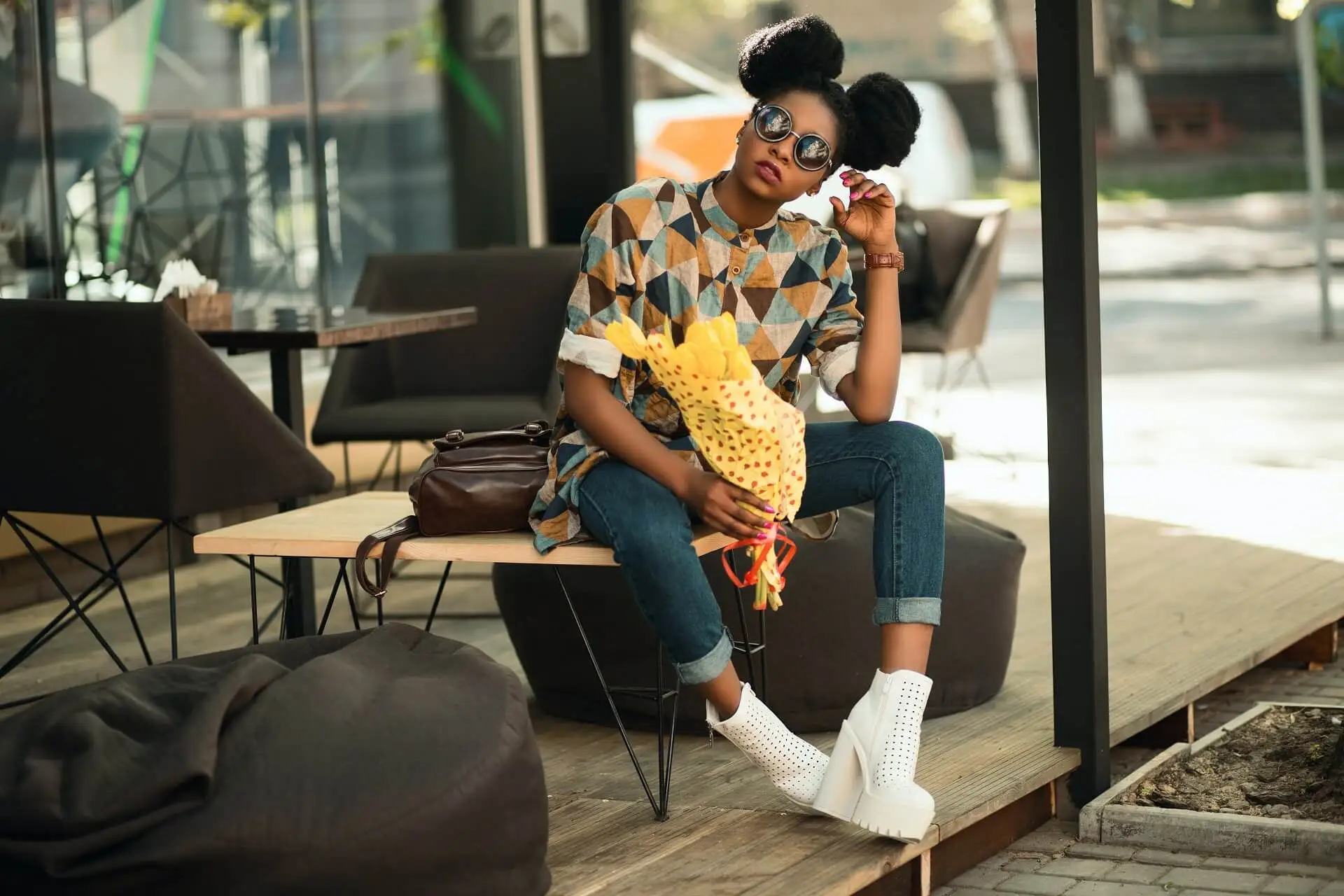As conscious consumerism gains momentum, the focus in the fashion industry has increasingly shifted to sustainable fabrics and clothing. This development is more than a mere trend. It’s a clarion call, inspiring consumers around the world to prioritize eco-friendly options, ensuring that our wardrobe reflects our commitment to the planet. In this transformative era, what we wear is no longer just about style; it’s a statement of our environmental ethics.
Why Choose Sustainable Fabrics?
A Glimpse of the Results for Traditional Wear: The fabrics we have become accustomed to, such as polyester and non-organic cotton, take a huge toll on the environment. This way:
Chemical Dependency: Traditional cotton farming largely depends on pesticides and synthetic fertilizers. It not only poisons our soil but also infiltrates waterways, affecting marine life.
Water Intensity: Materials like non-organic cotton are incredibly water-hungry. For example, just one traditional cotton T-shirt can consume up to 2,700 liters of water during its production1.
Waste Accumulation: Polyester, derived from petroleum, is non-biodegradable. This means that our fast-fashion polyester apparel will end up in landfills for centuries.
The Sustainable Fabric Revolution
Switching to sustainable clothing isn’t just an eco-friendly gesture. It is a comprehensive answer to the serious challenges posed by traditional textiles:
Less water consumption: Sustainable textiles like organic cotton and bamboo use significantly less water, making them more eco-efficient.
Less Toxic Chemicals: Organic and sustainable materials stay away from the chemical cocktails common in mainstream clothing production. This means healthier soil and a safer environment for farmers.
Ethical Production: Beyond the environmental benefits, sustainable clothing often means fair wages and humane working conditions. Ethical considerations become embedded in the process, ensuring that the fabric not only feels good on our skin but also sits well with our conscience.
A Guide to Popular Sustainable Fabrics to Look For
Organic Cotton:
Unlike its conventional counterpart, organic cotton is cultivated without synthetic pesticides and harmful fertilizers. Representing a significant change in the clothing industry, this fabric not only feels soft but also has a very low carbon footprint. It stands as evidence of the potential of sustainable agricultural practices.
Bamboo:
A star in the world of sustainable textiles, the benefits of bamboo extend far beyond its rapid growth. Once processed, this results in a fabric that is soft to the touch and highly breathable. Even after its life cycle as a garment, bamboo fabric is biodegradable, ensuring that it does not add to our planet’s growing waste problem.
Hemp:
An old player in the textile game, hemp has a history dating back centuries. Its inherent strength and durability make it suitable for long-lasting wear. What adds to its appeal is the minimal input required – less water, less pesticide. For brands prioritizing sustainability, hemp often emerges as the material of choice.
Tencel or Lyocell:
Derived from the pulp of trees, primarily eucalyptus, spruce, or beech, tencel (or lyocell) provides the comfort of luxury textiles without the environmental blemish. The closed-loop production process, which recycles almost all water and solvents used, marks a breakthrough in eco-friendly fabric manufacturing2.
Each of these garments represents a step forward towards merging fashion with sustainability. They challenge industry norms and pave the way for a future where style and environmental responsibility coexist harmoniously.
Shopping Tips for the Eco-Conscious Shopper
Read Label:
Go deeper than just size and care instructions. Check fabric composition and aim for garments that have a high proportion of sustainable materials. Remember, every cent counts when we talk about the environment.
Brand Research:
The digital age has made it easy for us to find information about almost any brand. Use this to your advantage. Before making a purchase, invest a few minutes to scan the brand’s website or even independent reviews. Many brands are not only adopting sustainable practices, but are also proud to broadcast their eco-credentials. Make sure you are really supporting the change makers.
Seek Eco-Certification:
Certifications like GOTS (Global Organic Textile Standard) or OEKO-TEX are not just logos. They are seals of approval, indicating that the product meets rigorous environmental and ethical standards. When you recognize these, you can be sure of the product’s stability and reliability.
Ask questions:
If unsure, ask store staff or contact brands online. “Where did this material come from?” Asking questions such as or “How is the brand contributing to sustainability?” can provide valuable insight and influence your buying decision.
Being an environmentally conscious shopper doesn’t just mean shopping; It’s about making informed choices, understanding the impact of your purchases, and actively seeking out and supporting brands that prioritize the planet.
A Sustainable Tomorrow Depends on Today’s Fashion Choices
Fashion isn’t just about expressing yourself; It is a reflection of our values and the world we want to create. When we choose sustainable clothing, we’re not just following a fleeting trend. Instead, we are actively advocating for a cleaner, greener and more responsible future.
Traditional clothing has left behind an environmental debt, from depleting water sources to excessive waste. As consumers, our buying habits can either perpetuate this cycle or break it. With every sustainable item we buy, we are voting for an environmentally conscious future and challenging the industry to grow.
Brands are closely monitoring consumer behavior today. When we consistently prioritize eco-friendly clothing and sustainable practices, we send a clear message to the industry: sustainability is not an option; It is a necessity. Our collective demand for sustainable fashion becomes a catalyst for change, driving brands to innovate and adopt green practices.
In short, the future of fashion – and our planet – depends on the choices made today. As we stand at this important crossroads, the path we choose will determine the legacy we leave for future generations.
Conclusion
In the vast world of fashion, sustainable clothing emerges as the protagonist. As consumers, recognizing and prioritizing these ingredients is our ticket to a greener tomorrow. So, the next time you go shopping, remember: It’s not just clothes; This is an option. A choice that defines our commitment to the planet.







